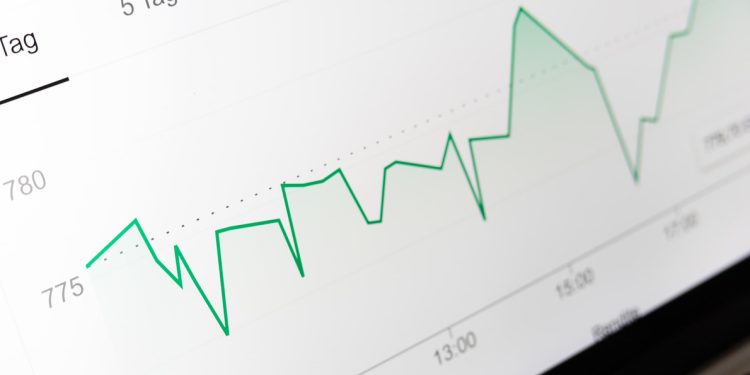What are Flash PMIs – and How do they Help Investors

A purchasing managers’ index (PMI) can be a valuable and accurate economic indicator. Here in the UK it represents the rate of expansion or contraction of a specific market sector, and is usually published monthly.
They’re totally derived from surveys completed by managers, from a range of differently sized companies within a chosen sector. And they’re in depth.
Investors also use PMI’s to their advantage because they’re a leading indicator of economic conditions. But when they’re wanting a quicker and more high level snapshot to aid their decision making, that’s when a Flash PMI comes in as their go-to resource.
What’s the difference?
There isn’t much difference in the end data between a PMI and its Flash counterpart. But they’re a much faster-to-absorb and high-level snapshot of a corporation’s financial metrics.
And when recession is a big topic in the financial sector at the moment, a Flash PMI might be a preferable report for investors.
Michael Hewson, Chief Market Analyst at CMC Markets UK spread betting and CFD trading provider, comments: “Sentiment has continued to ebb and flow this week, as stock markets continue to get buffeted by concerns about recession against a backdrop of central banks who appear determined to squeeze inflation out of the global economy.
“European markets gave back their early week gains, while US markets after initially opening lower, managed to reverse their early losses to push into the green, before closing marginally lower.”
And when there’s waning global demand for oil and base metals, even when there’s a tighter supply after Russia’s invasion of Ukraine, paying attention to the value and movements in the PMI can yield a good foresight into developing trends in the global economy.
Focus
Speaking of the latest European open, Mr Hewson commented that there’ll soon be focus on latest flash PMIs for June from France, Germany, UK and the US. And with those, it looks like further weakness is expected across the board in the face of higher prices and weakening demand.
Continues Michael: “Ahead of that, we have the latest UK public sector borrowing numbers for May which are expected to show a significant improvement on the April numbers due to a combination of higher tax revenues, as well as not having to spend huge amounts of money on NHS test and trace, which was wound up in April.
“Brent crude prices hit a one month low of just above $107 a barrel, before recovering back above $110 a barrel, but have remained under pressure in Asia trading.”
Experts are able to forecast upturns in various markets and downturns by looking at the data that a Flash PMI provides. Investors can follow the same tack too, and Michael Hewson noted that Fed chair Jay Powell brought data in to the equation during a recent conference.
He said: “The one key takeaway from yesterday’s comments was that Powell remained fairly upbeat about the US economy, and that any moves would be data dependant, while he also seemed to come across as much less hawkish than he did last week, in that he was much more even handed about the trade-offs between unemployment and inflation.”










